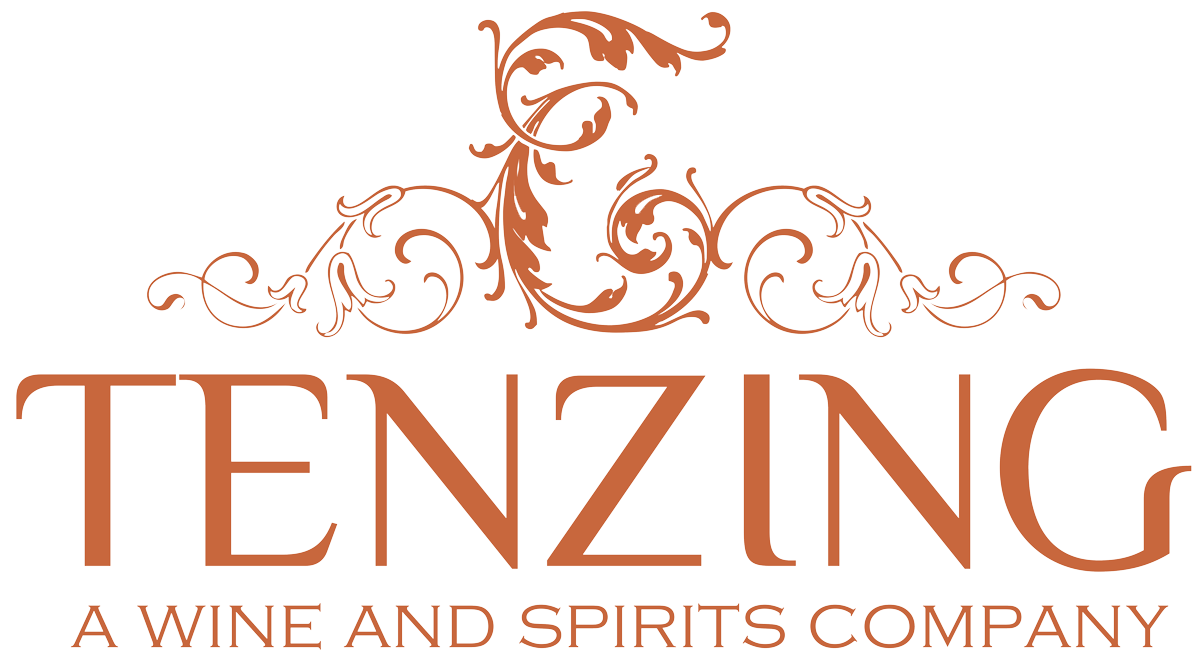Château Gassier
Supplier/Importer: Wilson Daniels
Region: Provence, France
Appellations: Côtes de Provence
Location – In the Heart of a Spectacular Landscape
The estate vineyards of Château Gassier, located at an altitude of 330 meters (1,083 feet), benefit from an ideal location in the heart of the Arc Valley, protected by Mount Sainte-Victoire immediately to the north (the rocky peak painted repeatedly by Cézanne, who lived nearby in the 1880s), the Regagnas hills in the south and Mont Aurélien to the east. Acknowledged as an appellation in its own right in 2005, the vineyard area of Sainte-Victoire is viewed as one of the most unspoiled in France. It has been classified as a natural reserve “Grand Site de France,” an area that is conserved and managed following sustainable development practices.
Soil and Grape Varietals – The Terroir of Château Gassier
In order to gain a better knowledge of their terroir and define the most beneficial affinity between soil composition and grape variety, Gassier has dug 17 deep, pedological cavities. (“Pedology” is “soil science.”) Gassier has identified four main terroirs on the estate:
• To the west, the soil is silty sand, ideal for Syrah.
• To the south, the dry and rocky land with little depth is planted to Grenache and Rolle.
• To the east, the base of the slopes is deep and rocky, perfect for Cinsault.
• To the north, the clay and limestone soil overlays a sandstone slab which is best for Grenache.
Harvest and Vinification
The harvest takes place very early in the morning to retain the freshness in the grapes. The grapes are then destemmed and vinified by direct press and a brief pellicle maceration. The recent investments in equipment allow Gassier to keep the grapes separated from oxygen during pressing, thereby preserving the aromas, which give an outstanding fruitiness to the wines.
Sustainable Farming – Château Gassier’s Commitment
In 2010, Château Gassier decided to take the first steps towards organic viticulture. Since then, parcel after parcel, the land has been worked without chemicals, and all viticultural practices follow EU rules for organic certification.


